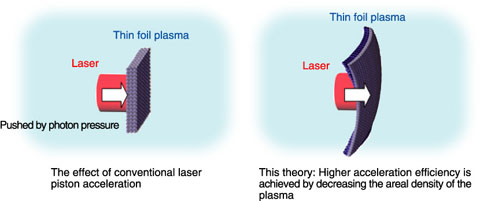
Fig.5-4 Laser piston acceleration of thin foil plasma
We have proposed a new theory, which points to the possibility of producing much higher energy particles using a modified laser piston method (Fig.5-4).
In the Photo-Medical Research Center (PMRC), laser driven particle acceleration is studied in order to make a compact particle cancer therapy machine, and it is necessary to realize theoretical calculations in the study. We must pay attention to laser piston acceleration, in which a thin foil is directly accelerated by the strong photon pressure generated by focusing a high peak power laser pulse on the foil. In conventional laser piston theory, the thin foil is accelerated while maintaining a constant areal density, as shown in the left figure in Fig.5-4. In this study, it was found that much higher energy can be obtained if we take into account a condition in which the areal density is decreased during the acceleration, even though the number of accelerated particles decreases. When the areal density of accelerated thin foil plasma is decreased, the velocity of the plasma is thought to become higher. This effect may cause the velocity of the thin plasma bulk to be almost the same as the velocity of laser propagation in the plasma. In such a case, the laser pulse cannot overtake the thin foil plasma, and continuously pushes the thin foil while locking this acceleration phase. Therefore, unlimited particle acceleration could be possible, imparting the momentum to the particles which constitute the thin foil plasma.
If we succeed in controlling areal density based on this theory, generation of the 200 MeV protons needed for cancer therapy is seen to be attainable by focusing a 200 TW laser pulse on a nanometer-size thin foil. The size of the laser driver could then be downscaled to be one fifth of the conventionally estimated scale.
This study is supported by the Special Coordination Fund (SCF) for Promoting Science and Technology commissioned by the Ministry of Education, Culture, Sports, Science and Technology of Japan (MEXT), and Grant-in-Aid for Scientific Research No. 20244065.